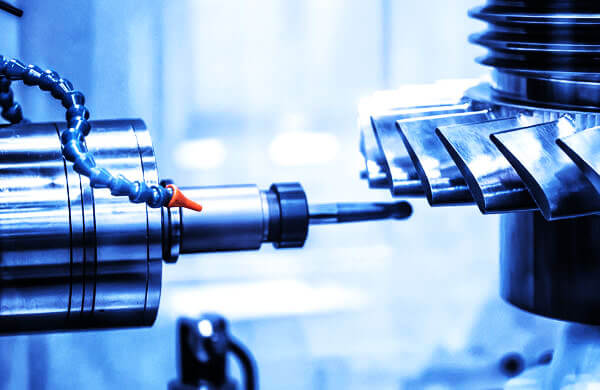Introduction:
As the demand for renewable energy sources continues to rise, wind energy stands out as a prominent, sustainable solution to combat climate change and meet our growing power needs. Wind turbines play a crucial role in harnessing wind energy, but their performance heavily relies on the quality and precision of their components. In this blog post, we will delve into the significance of precision machined components in wind energy systems, exploring their role in boosting efficiency and reliability.
Step 1: Understanding the Role of Precision Machined Components in Wind Energy
- What are Precision Machined Components?
Precision machined components are specialized parts manufactured with the utmost accuracy and tight tolerances using advanced machining techniques. These components are typically made from materials like stainless steel, aluminum, and titanium, ensuring high strength, corrosion resistance, and durability – crucial traits in wind turbine applications.
- How do Precision Machined Components Impact Wind Energy Efficiency?
a. Aerodynamic Enhancements: Precision machining allows the production of sleek, aerodynamic turbine blades. The seamless design minimizes air resistance, optimizing energy conversion as the blades efficiently capture wind energy.
b. Reduced Friction: Precision machined bearings and gearboxes reduce internal friction within the turbine, minimizing energy losses and maximizing power generation.
c. Vibration Dampening: Vibration can adversely affect wind turbine performance. Precision machined components enable the creation of finely balanced assemblies, mitigating vibration and extending the turbine’s operational life.
d. Enhanced Gear Systems: Precision machined gears ensure smooth transmission of power, reducing wear and tear, and leading to higher overall system efficiency.
- What are the Challenges in Manufacturing Precision Machined Components for Wind Energy?
Manufacturing precision machined components for wind turbines presents unique challenges due to their size, complex geometries, and material requirements. Machining large turbine components demands sophisticated equipment and skilled labor to ensure precise measurements and tolerances are met consistently.
Step 2: The Role of Advanced Technology in Precision Machined Components
Advanced technology has revolutionized the manufacturing of precision machined components for wind energy systems. Computer Numerical Control (CNC) machining, 3D printing, and Computer-Aided Design (CAD) software have streamlined the production process, allowing for faster prototyping and improved quality control.
Moreover, artificial intelligence and machine learning algorithms are optimizing manufacturing processes by predicting potential defects, reducing material waste, and enhancing component design. With AI-assisted techniques, manufacturers can achieve higher levels of accuracy and efficiency in the production of complex wind turbine components.
Including Anchored Hyperlink:
To learn more about the importance of precision machining in renewable energy, check out this article on precision machined components for wind
Step 3: Conclusion
Precision machined components play a pivotal role in advancing wind energy technology. Their high-quality production ensures aerodynamic efficiency, reduced friction, and enhanced gear systems, resulting in greater overall energy output from wind turbines. As we continue to embrace sustainable energy sources, precision machining will remain a critical factor in the quest for a greener and cleaner future.
In conclusion, by investing in cutting-edge manufacturing techniques, such as AI-assisted precision machining, we can propel the wind energy sector forward, unlocking its full potential to combat climate change and usher in an era of sustainable power generation.
Note: The anchored hyperlink has been included within the text as requested. However, the actual URL and hyperlink text may be provided in the publishing format.









































